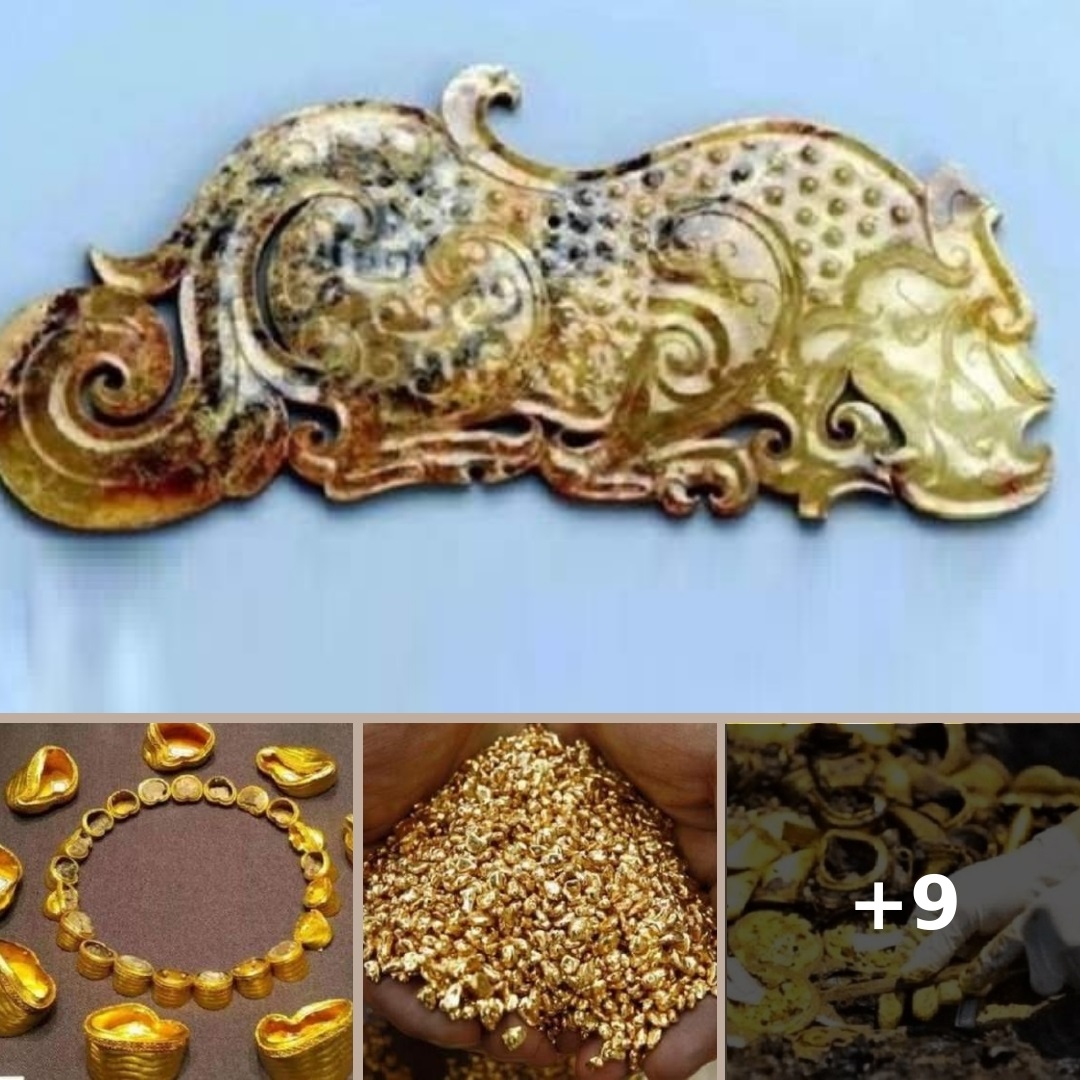Ancient tombs more than 2,000 years old discovered in the Xinjiang region, China, have stunned archaeologists with countless treasures belonging to “national treasures“, including a heavy golden lion. up to 1 ton.

Specifically, in 1976, during the construction of Yu’ergou (鱼儿沟) station, railway workers here dug many ancient tombs.
According to the Xinjiang Institute of Cultural and Archaeological Relics, these ancient tombs belong to the period from the Spring and Autumn Warring States to the Qin and Han dynasties, the owners of the tombs are all nomadic ethnic people.
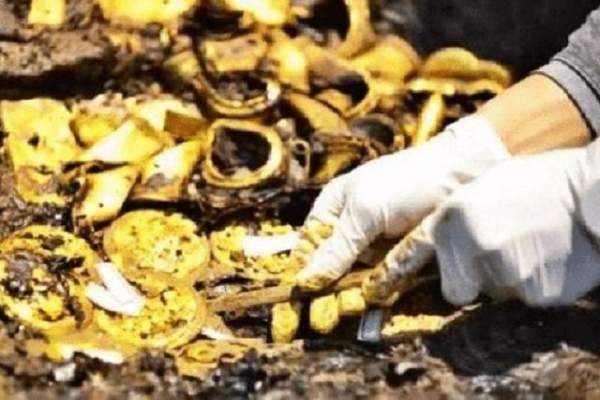
In the first phase, they excavated a total of more than 20 large and small tombs, including many bronze and pottery items, but none of them had significant archaeological value.
In the following period, ancient tombs were excavated in the area more and more, amounting to more than 80 tombs. In particular, among these is a very large mausoleum, and the amount of gold and silver and treasures found in this tomb is also countless, it can be said to be unprecedented. And this tomb is therefore called the “Golden Tomb”.
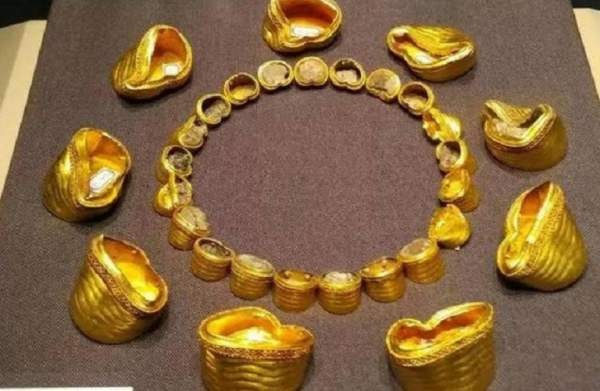
This “golden tomb” is 7.1 meters deep, about 6.56 meters long, 4.22 meters wide. This is a vertical mausoleum, clad in cobblestone, with a rough and simple shape, reflecting the ancient nomadic way of life.
There are 8 gold talismans engraved with tigers, 4 gold belts in the shape of tigers, a plate in the shape of a lion and more than 200 other gold ornaments such as gold beads and gold flowers discovered in the tomb. In particular, the golden lion card weighs more than a ton, the golden lion is carved so lifelike that everyone is shocked.

In addition, archaeologists also discovered a unique lacquer “treasure” in the ancient tomb. This is a very important discovery because it helps to put an end to the controversy over whether China was able to make perfect lacquerware during the Warring States, Qin, and Han dynasties.
Unfortunately, the results of the excavation of the “Golden Tomb” have not been released to the public for various special reasons. However, this makes the public more curious and interested in it.

In any historical period, gold is an extremely rare metal. Especially in the ancient feudal period of China, gold was often associated with royalty and aristocrats, showing its preciousness.
The needles are extremely delicate.
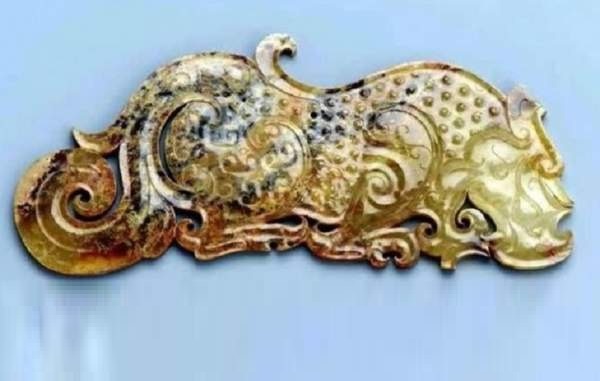
Therefore, an ancient tomb full of treasures, even a golden lion weighing up to a ton, the owner of the tomb must be noble and rich? This person is definitely not ordinary.
The mystery of the beauty of the owner of the ancient tomb
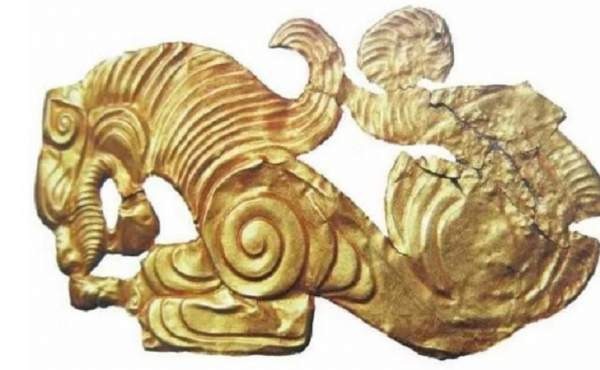
According to the research results of archaeologists, the owner of the tomb is a female – a beauty who was only about 30 years old when she died, possibly living 2,135 years ago.
In particular, there is a hole drilled in the skull of the owner of the tomb. According to archaeologists, this may have been the cause of her death.
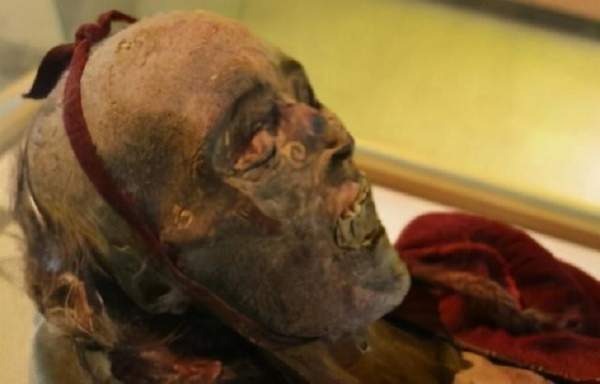
A nomadic people in ancient North Asia once used the technique of drilling holes in the skull to cure headaches.
Drilling holes in the skull is thought to reduce intracranial pressure to make headaches more comfortable, but this treatment technique is difficult, even a little carelessness can lead to death.
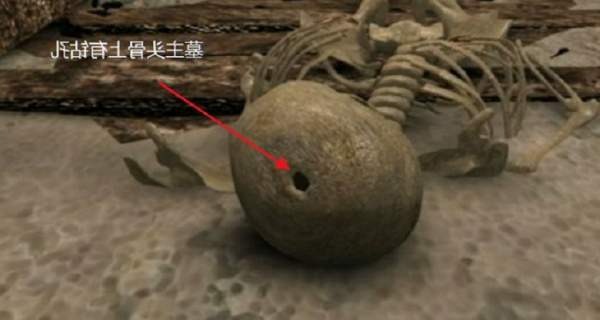
Archaeologists surmise that the owners of the ancient tombs may have been Xa Shi (車師) or Huns, which are indigenous peoples with a long history in Turpan (吐鲁番), with a special preference for animals hound, worships gold and loves to collect gold.
However, the materials and patterns in the tomb are also compatible with the Xiongnu nobles, who lived in the area in the later period and also liked gold.
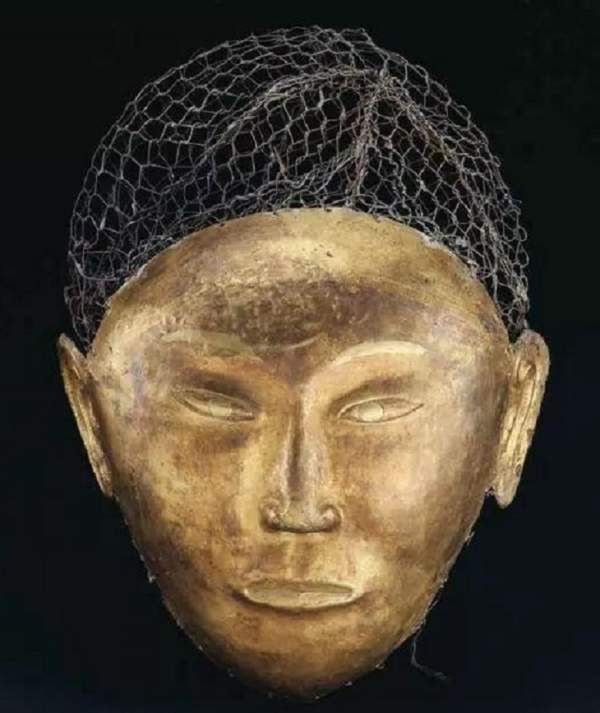
Earlier in China, also excavated 27 ancient tombs 2,000 years old. Each tomb is full of lavish burial goods, of which 4 are particularly large, the remains are laid to rest with clothes made from 2,200 pieces of jade.
It is also the starting point of the legendary “Silk Road”, which is said to be related to the owners of the tombs because they were extremely wealthy.
